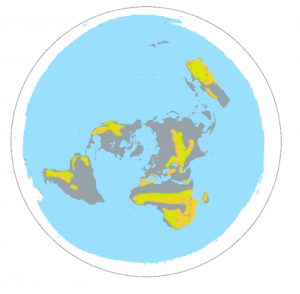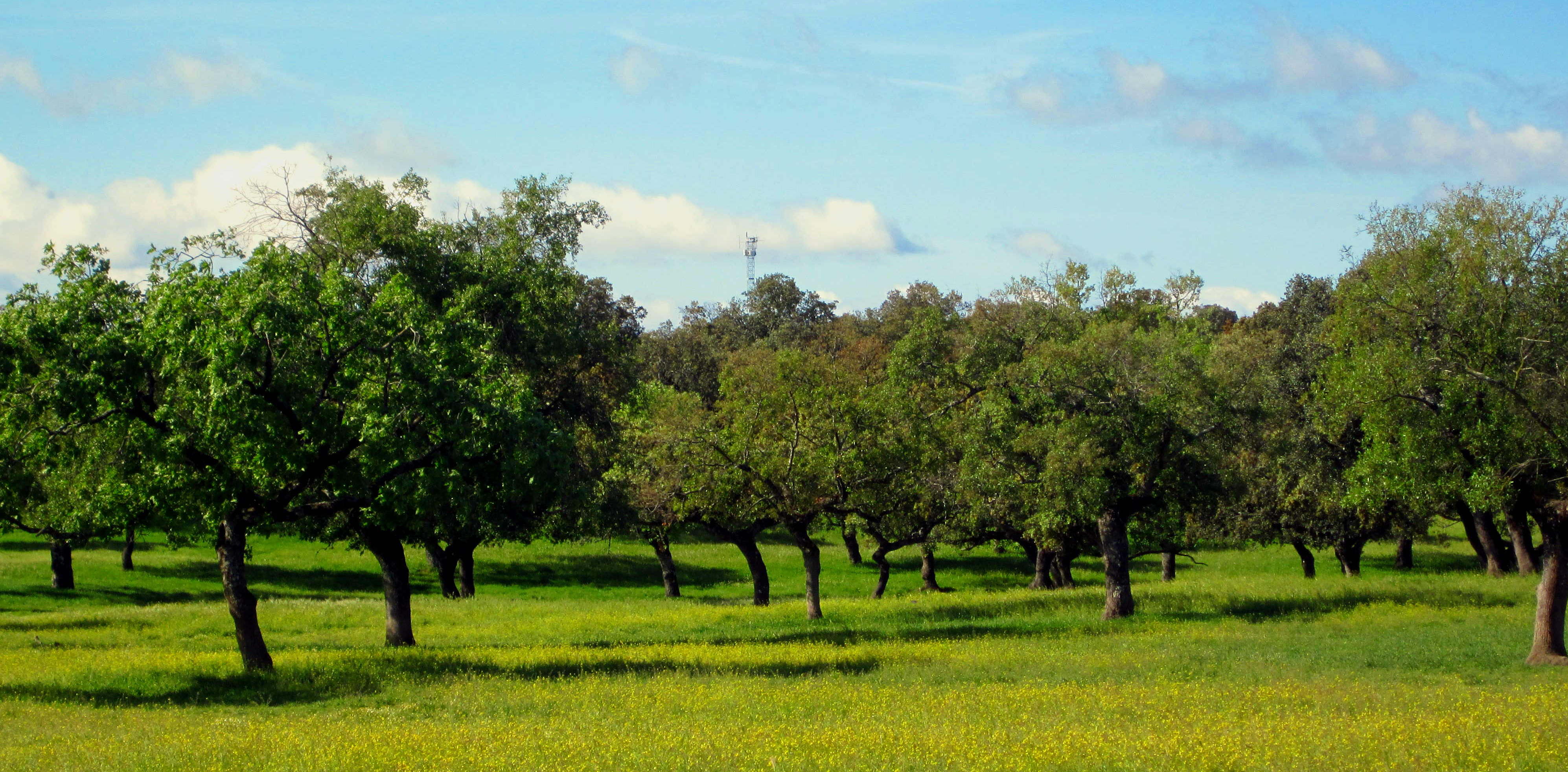The unknown, the unforetold, the unproven, that is what life is based on. Ignorance is the ground of thought. Unproof is the ground of action. […] Tell me […], what is known? What is sure, unpredictable, inevitable – the one certain thing you know concerning your future, and mine?
What I do?
Savannas are among Earth’s most complex, variable, and extensive agrosilvopastoral systems (~20%). One-fifth of the world’s population depends upon them, although they are highly vulnerable to changes in land use and climate. These changes affect not only ecosystem functioning but also the land-atmosphere linkages and regional carbon cycle in ways still unknown. Since savannas are greatly influenced by human activities, private and institutional practices play a key role in their conservation.
Integrating Earth Observation data into process-based models will enable us to map the evolution of the ecosystem’s health, improving its management, productivity, and resilience.
I define myself as a semiarid ecosystem ecohydrologist, like the ones Frank Herbert dedicated his novel Dune (“To the people whose labors go beyond ideas into the realm of “real materials” to the dry-land ecologists, wherever they may be, in whatever time they work, this effort at prediction is dedicated in humility and admiration.“).
My entire career has been connected to Mediterranean landscapes, involving semiarid savanna-type (e.g., dehesas) and agricultural ecosystems (e.g., vineyards, olive orchards), driven by my concerns about the agricultural and livestock production model, its sustainability, and potential alternatives.
Savannas in the world

Dr. Elke Eichelmann talks about Science and women
Dr. A. Valach about inequalities for women in Science

